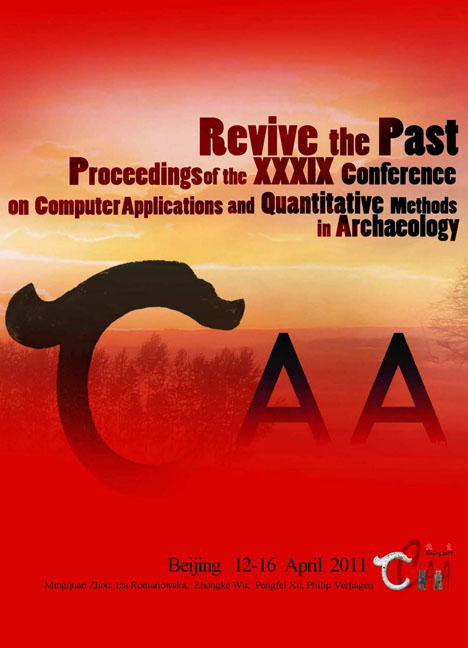 Revive the Past
Revive the Past The CEDACH DMT: a Volunteer-Based Data Management Team for the Documentation of the Earthquake-Damaged Cultural Heritage in Japan
Published online by Cambridge University Press: 23 June 2021
Summary
Abstract:
The Great East Japan Earthquake and tsunami on March 11, 2011 caused immense damage not only to the residents and social infrastructure,but also to cultural heritage. In order to document the endangered heritage and support cultural resource management (CRM) associated with the restoration activities, a self-motivated group of archaeologists, historians, and CRM specialists established the Consortium for Earthquake-Damaged Cultural Heritage (CEDACH). This paper reports current activities of its data management team (DMT). The team's first task was to create a portal website and a web-based geospatial information infrastructure, the CEDACH GIS, to document the damaged and endangered heritage. We are also developing a data management system (DMS) to support local CRM inspections. Currently, we need more channels for liaising with other organisations involved in the same task for our long-term activities.
Key Words: Great East Japan Earthquake, Cultural Resource Management, Geographical Information Systems, Consortium for Earthquake-Damaged Cultural Heritage, Data Management Team
Introduction
The Great East Japan Earthquake and cultural heritage
The magnitude 9.0 earthquake and tsunami hit the vast areas of East Japan on March 11, 2011. It caused immense damage not only to the residents and social infrastructure (Shibahara 2011) but also to cultural heritage across those areas (Fig. 1) (Enomae and Higashijima 2011). In the press release 171 on November 24, 2011, the Ministry of Education, Culture, Sports, Science and Technology stated that at least 725 registered cultural assets were damaged, including five national treasures, 159 important government-designated cultural properties, and 90 historical sites (http://www. mext.go.jp/a_menu/saigaijohou/). The whole situation has not yet been fully grasped because these numbers exclude prefecture-designated, municipality-designated, and undesignated cultural assets. It is underlined that archaeological sites and artefact scatters, legally referred to as ‘buried cultural properties’, are in imminent danger from the removal of tsunami debris and construction works. It also has to be noted that, on the ground of extraordinary circumstances, the Agency of Cultural Affairs decided to allow urgent recovery works in the registered sites without notifying the cultural resource management (CRM) division of the concerned municipal offices as per the special measures of the Cultural Assets Preservation Act on March 25, 2011 (Agency of Cultural Affairs 2011). Expeditious actions were needed.
- Type
- Chapter
- Information
- Revive the PastProceedings of the 39th Conference of Computer Applications and Quantitative Methods in Archaeology, pp. 326 - 333Publisher: Amsterdam University PressPrint publication year: 2012


